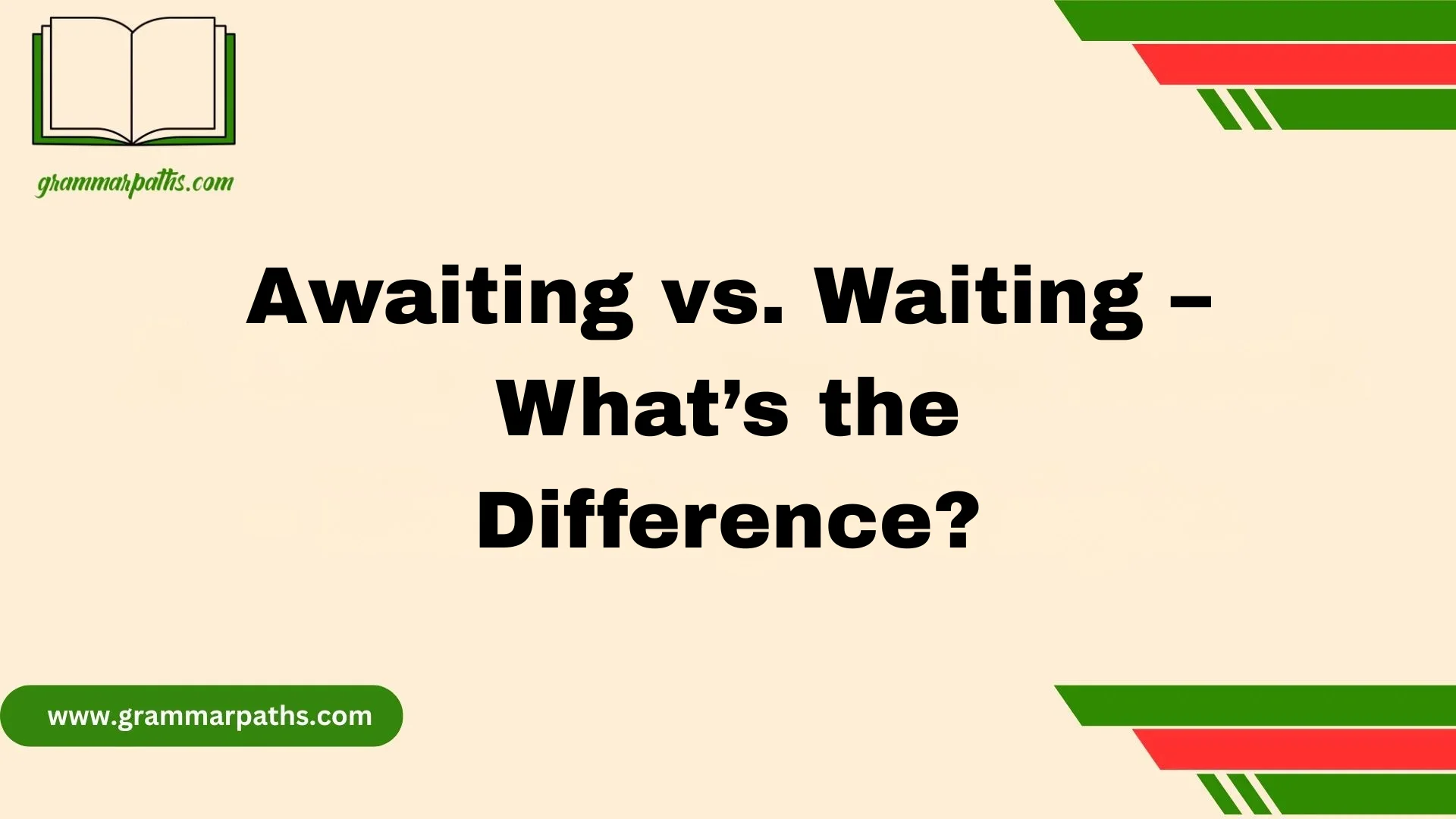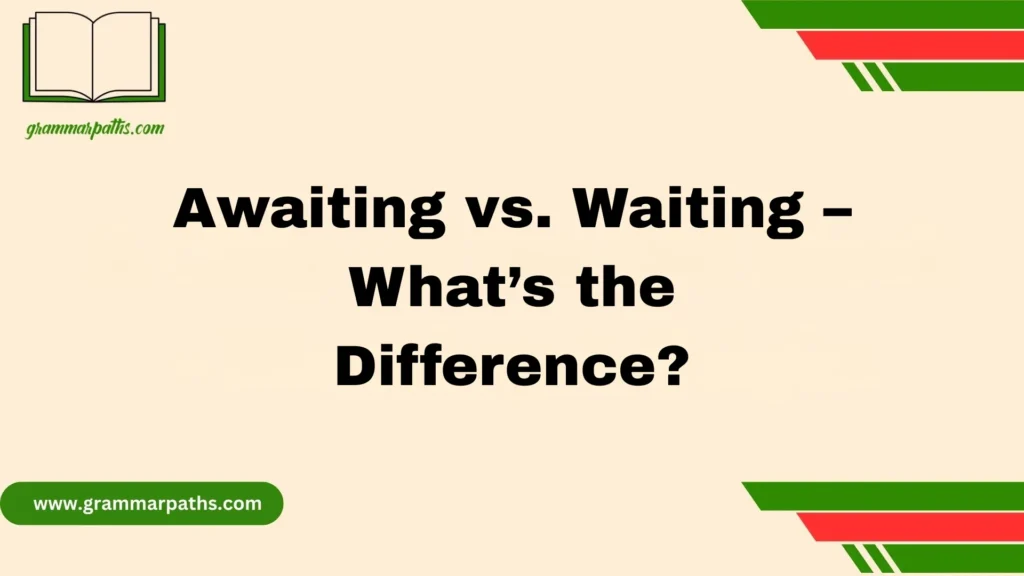In my classroom practice, I’ve seen how teachers help learners with sentences that use plenty, few, or little. When we add examples and exercises, students improve their confidence and accuracy. I often remind them that “Demystifying Quantifiers in English” isn’t just theory—it’s about making small changes in real speech.
From research in linguistics, I noticed how communication follows patterns where numbers and expressions reveal abstract or concrete meaning. When students compare how others interpret words in different contexts, they start to understand why accuracy matters in both study and real life.
Cultural differences across countries show that people may perceive quantity differently, and this can influence their choice of quantifier in everyday conversations. Some studies highlight that different languages prefer unique expressions, which makes learning quantifiers even more interesting for global communication.
Quick Summary?
Quantifiers are words we use to express quantity or amount without giving an exact number. They help us describe “how much” or “how many” of something, such as some, many, few, much, a lot of, and several. Some quantifiers are used with countable nouns (e.g., many books, a few chairs), while others fit with uncountable nouns (e.g., much water, a little sugar). The right choice often depends on whether the noun is countable or uncountable, and whether the context is formal or casual. In short, quantifiers add clarity and precision to communication by showing amount without exact numbers.
The Meaning of “A Couple”
The word couple literally means two. In mathematics, there’s no debate: a couple equals two. But in everyday conversation, English speakers often use a couple more loosely.
- Literal use: “A couple of shoes” means two shoes.
- Figurative use: “I’ll be there in a couple of minutes” could mean two minutes, but often it stretches to three, four, or even five.
Common Contexts
- Time: “Give me a couple of hours.”
- People: “A couple of friends stopped by.”
- Objects: “I bought a couple of books.”
Notice how in casual speech, “a couple” sometimes functions as a synonym for “a few.” Yet in formal contexts—contracts, business deals, or scientific data—“couple” should stick to its precise meaning of two.
Tip: In professional writing, avoid using “a couple” unless you mean exactly two. Otherwise, opt for clearer terms such as “a few” or specify the exact number.
The Nuances of “Few” and “A Few”
Here’s where things get interesting. Few and a few look similar, but they create very different impressions.
- Few: Emphasizes scarcity or insufficiency. It often carries a negative tone.
- Example: “Few people attended the meeting.” (Implies disappointment.)
- A few: Suggests some, but not many. It usually has a positive or neutral tone.
- Example: “A few people attended the meeting.” (Implies at least some interest.)
Side-by-Side Comparison
| Phrase | Meaning | Tone | Example Sentence |
| Few chances | Almost none; very limited opportunities | Negative | Few chances exist for success in this plan. |
| A few chances | Some opportunities, not many but enough | Positive | A few chances remain if we act quickly. |
Cultural Note
In American English, tone often shapes perception. For example, “few” in casual speech might sound more neutral than in British English, where it almost always signals lack.
Case in Point: A teacher telling a student, “You have a few mistakes,” is less harsh than saying, “You have few chances left.”
Understanding “Some”
If one word in English has mastered the art of vagueness, it’s some.
- Broad range: It can mean a small number, a large number, or an unspecified amount.
- Flexible tone: It works in positive, neutral, or even negative contexts.
Examples in Action
- Small number: “Some students left early.”
- Large but vague: “Some people spend thousands on luxury handbags.”
- Indefinite: “Would you like some water?”
When “Some” Creates Problems
The lack of precision can confuse listeners. If a manager says, “We need some reports,” do they mean two reports or ten? In professional contexts, vague quantifiers like “some” should be avoided in favor of exact numbers.
Tip: Reserve “some” for casual conversation, not contracts, research papers, or technical communication.
The Role of “Several”
The word several lies between “a few” and “many.” While not exact, it often implies three to seven items or people.
Everyday Use
- “She has several cousins.”
- “We waited for several hours.”
- “The report listed several issues.”
Formal vs. Casual Usage
- In casual speech, “several” can stretch to cover more than seven.
- In formal writing, it usually implies a modest but notable number—not too small, not overwhelmingly large.
| Term | Typical Range | Example |
| A couple | Exactly 2 | “A couple of cookies.” |
| A few | 2–4 | “A few errors.” |
| Several | 3–7 | “Several suggestions.” |
| Many | 8 or more | “Many challenges.” |
The Scope of “Many”
When the quantity becomes large, many steps in.
- Definition: A great number.
- Usage: More common in formal and written English than in casual speech.
- Variations: “So many,” “too many,” “as many as.”
Examples
- “Many students struggle with math.”
- “There are too many cars on this road.”
- “As many as 10,000 people attended the concert.”
Spoken vs. Written
In everyday conversation, speakers often prefer “a lot of” or “lots of” instead of “many.” For example:
- Spoken: “There are a lot of options.”
- Written: “There are many options available.”
Tip: Use “many” in academic or professional writing to maintain formality and clarity.
Comparing Quantifiers Side by Side
To better understand the differences, here’s a quick comparison table:
| Quantifier | Approximate Range | Tone | Common Use Cases |
| Couple | Exactly 2 (sometimes 2–3) | Neutral | Time, objects, people |
| Few | 2–4, but scarce | Negative | Opportunities, attendance |
| A few | 2–4, some | Positive/Neutral | Mistakes, tasks, notes |
| Some | Flexible, vague | Neutral/Variable | Amounts, casual requests |
| Several | 3–7, notable | Neutral | Suggestions, hours, issues |
| Many | 8 or more, large | Neutral/Positive | Statistics, reports, large groups |
Context, Culture, and Clarity
Quantifiers don’t live in a vacuum. Their meanings shift depending on where and how they’re used.
Regional Differences
- American English: “A couple” often stretches beyond two.
- British English: Speakers stick closer to the literal meaning.
- Other English dialects: Variations in interpretation can lead to humorous misunderstandings.
Why Miscommunication Happens
- Vague quantifiers leave too much room for interpretation.
- Cultural context changes expectations.
- Professional settings often demand precision.
When to Specify Numbers
If clarity matters, skip quantifiers. Instead of saying, “I’ll need several volunteers,” say, “I’ll need five volunteers.” Precision removes guesswork.
Practical Tips for Writers and Speakers
Want to use quantifiers effectively? Keep these tips in mind:
- Match tone to context: Use “a few” in casual, friendly situations, but avoid “few” unless you want to stress scarcity.
- Avoid vagueness in formal settings: Replace “some” or “several” with actual numbers in contracts, reports, or research.
- Adapt to audience expectations: If your audience is global, remember cultural differences.
- Combine with context clues: Phrases like “only a few,” “just a couple,” or “as many as” help narrow down interpretation.
Conclusion
Understanding quantifiers is more than memorizing a list of words—it’s about knowing how context, culture, and precision affect communication. Whether you’re a student practicing in the classroom, a professional sending a client email, or simply chatting casually with friends, choosing the right quantifier shapes how your message is received. As we’ve seen through academic research, linguistics, and even personal experience, quantifiers are subtle tools that can either add clarity or create confusion. By being aware of their influence, you gain better control over how you communicate in both formal and everyday situations.
FAQs
Q1: What are quantifiers in English?
Quantifiers are words or phrases like some, many, few, little, several, and plenty that indicate quantity or amount in a sentence.
Q2: Why are quantifiers important in communication?
They help express precision and tone. For example, “many experts agree” sounds stronger than “some experts agree,” especially when supported by evidence.
Q3: Can cultural differences affect quantifier use?
Yes. Cultural differences influence how people perceive quantity, and this can change the choice of quantifiers in conversations.
Q4: How can students improve their use of quantifiers?
Through practice with examples, exercises, and real sentences in the classroom, learners can build confidence and accuracy.
Q5: Do professionals need to care about quantifiers?
Absolutely. In business settings, even small changes like “several revisions” instead of “many changes” can sound more collaborative and less critical.

Mia Rose is the passionate writer and founder of GrammarPaths.com, a resource dedicated to helping learners master English grammar, idioms, and writing skills with ease. With a deep love for language and years of experience in teaching and content creation, Mia simplifies complex grammar rules into clear, practical guides that readers can instantly apply.










